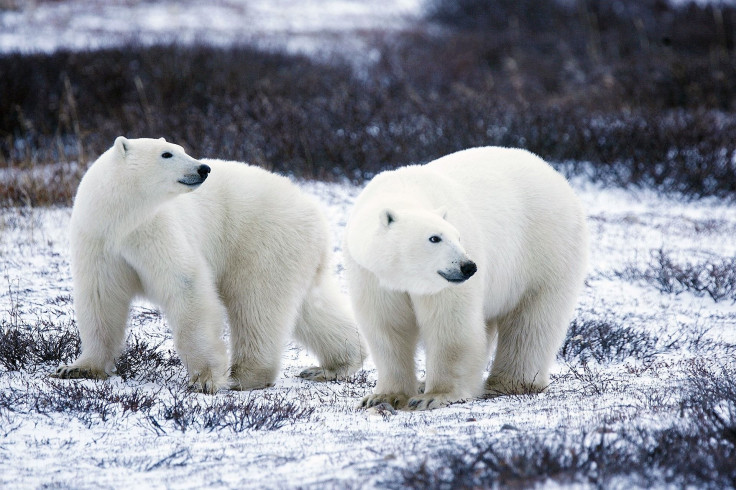Climate Change Affecting Health And Reproductive Ability Of Polar Bears: Study

Climate change will have a huge bearing on an untimely polar bear population decline in the Arctic region near the future, researchers said.
According to a new study published in Ecological Applications, the adverse weather conditions are causing sea ice to melt, thereby exposing the bears to a loss of habitat combined with “behavioral, nutritional, and reproductive changes.”
The melting sea ice is restricting their access to prey leading to longer seasonal fasting periods. As a result, the bears are growing thinner. They are producing fewer cubs also as their reproductive abilities are at stake too, according to the study.
The bears have spent at least 30 additional days on land in the 2000s as compared to the 1990s, the study added, citing satellite telemetry data obtained after monitoring at least 81 female polar bears in the Baffin Bay, a body of water off the coast of Greenland, from 1991-2015.
The species is now considered vulnerable, just one step behind being classified as “endangered.” There will be a further drop in their population if climate change persists.
"Climate-induced changes in the Arctic are clearly affecting polar bears," Kristin Laidre, a professor of aquatic and fishery sciences at the University of Washington and the main author of the study said. "They are an icon of climate change, but they're also an early indicator of climate change because they are so dependent on sea ice."
Laidre said that their ordeal could have broader implications. "These bears inhabit a seasonal ice zone, meaning the sea ice clears out completely in summer and it's open water," she said. "Bears in this area give us a good basis for understanding the implications of sea ice loss."






















